Selecting the right footwear for your workout is as crucial as picking the right instrument for a musical performance. Just as a musician wouldn’t use a trombone in a string quartet, a fitness enthusiast shouldn’t underestimate the significance of proper footwear. Footwear plays a pivotal role in determining the success of your workout by impacting your performance, preventing injuries, and ensuring overall comfort. In this comprehensive guide, we will delve deep into the art of choosing the ideal footwear for various types of workouts. Whether you are sprinting through marathons, mastering weights at the gym, or gracefully bending through yoga poses, we’ve got you covered. Let’s embark on this journey into the realm of footwear and equip your feet with the perfect companions for your exercise endeavors.
The Perfect Shoes for Your Daily Run
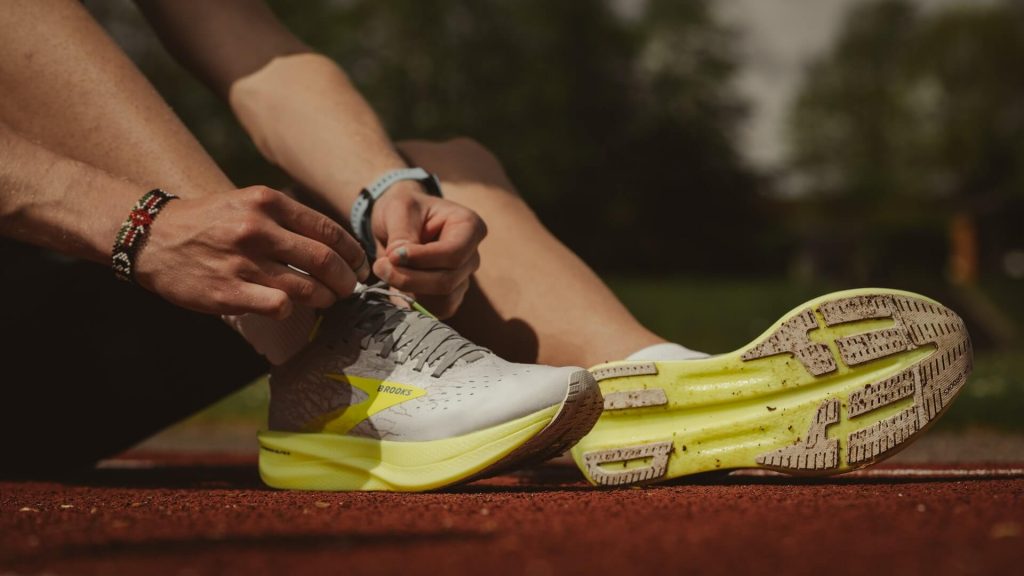
Running enthusiasts understand that the right pair of shoes can transform their experience. When it comes to running, your feet bear the brunt of each stride, making proper running shoes an essential investment. Look for cushioning that offers both comfort and impact absorption. Additionally, consider arch support that aligns with your foot’s natural shape and a fit that is snug but not restrictive. Moreover, the terrain you plan to conquer—whether it’s the unforgiving pavement, rugged trails, or a smooth track—should influence your choice of footwear. Each terrain requires specific features to optimize your running performance and reduce the risk of injury.
Footwear Essentials for Weightlifting
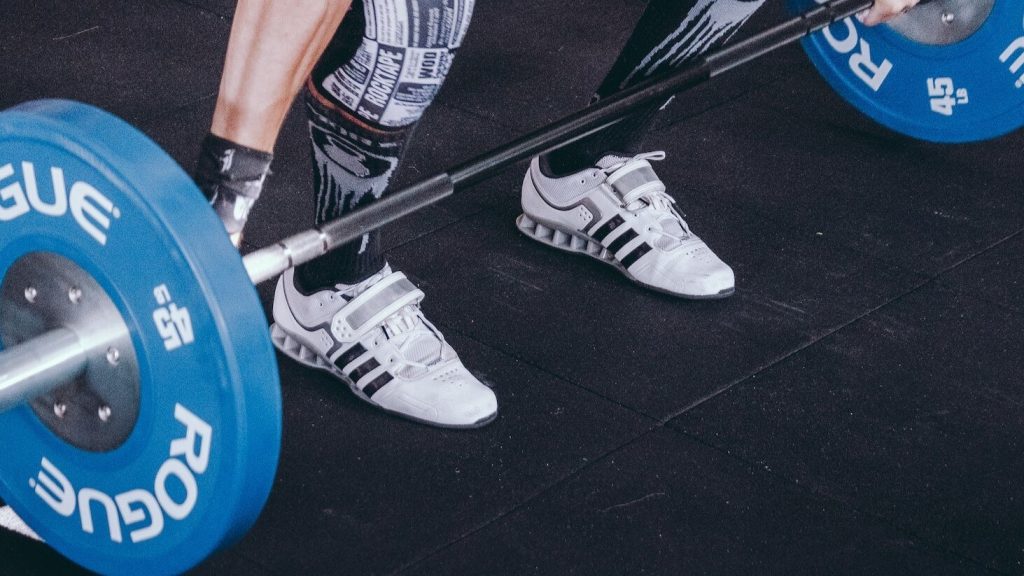
Weightlifting places unique demands on your feet. Stability and support are paramount during heavy lifts. Therefore, opt for shoes with a flat, non-compressible sole that provides a solid base for lifting. This ensures proper weight distribution and form, reducing the risk of injury. In addition to sole characteristics, pay attention to the fit around the heel and ankle. A secure fit in these areas is essential for maintaining control during lifts, especially when pushing your limits with heavy weights.
Cross-Training Shoes
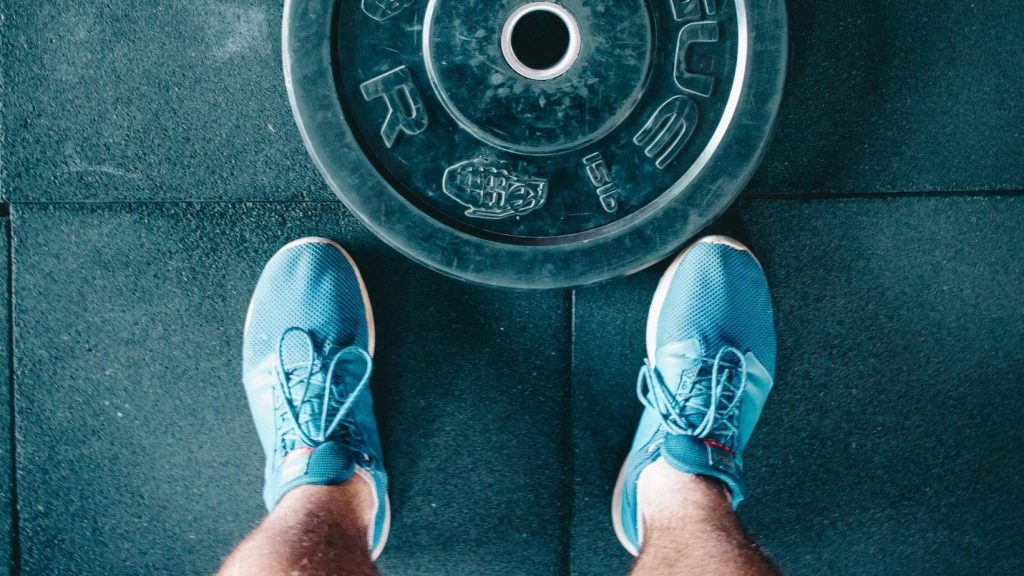
Cross-training is all about versatility, incorporating a mix of exercises such as jumping, lifting, and agility drills. The right footwear for cross-training strikes a balance between cushioning and stability. These shoes allow you to transition seamlessly between different workouts while ensuring proper support for lateral movements. Whether you are doing burpees, box jumps, or agility ladder drills, cross-training shoes provide the agility and cushioning required to excel in high-intensity, low-impact routines.
Yoga and Pilates Footwear
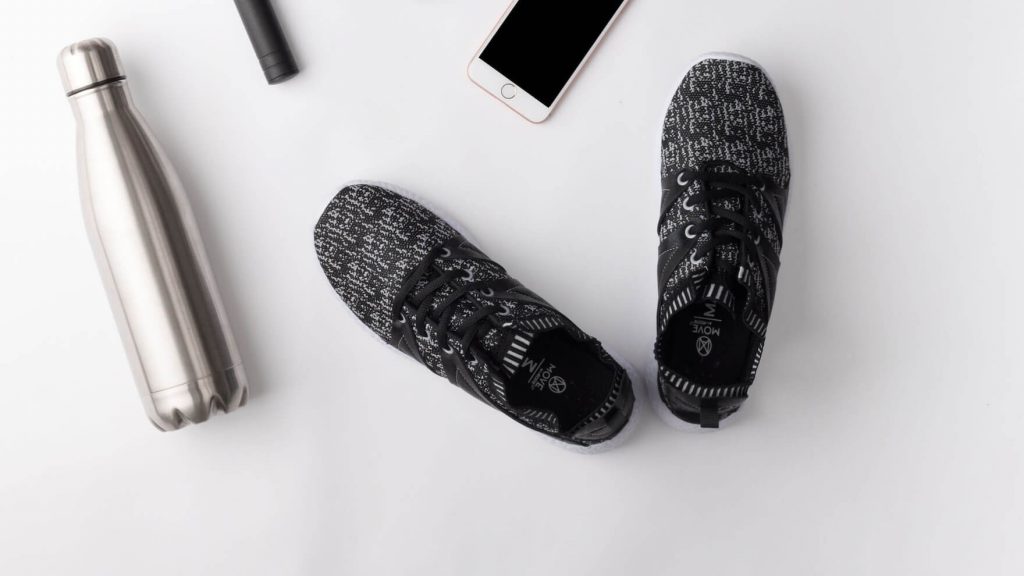
Yoga and Pilates prioritize balance, flexibility, and precision. In these disciplines, many practitioners prefer to feel grounded and connected to the mat. This often leads to choosing barefoot or minimalist footwear. Such options provide enhanced grip on the mat, allowing for fluid transitions between poses. If you prefer a bit more coverage, consider toe gloves or grip socks, which offer the best of both worlds—flexibility and grip, all while keeping your feet comfortable.
Hiking Boots vs. Trail Running Shoes
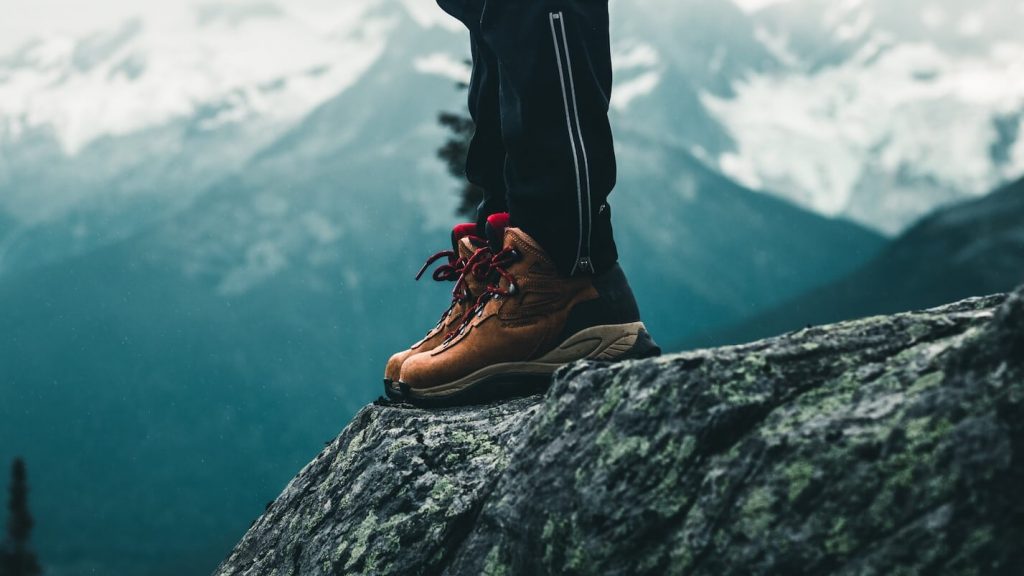
Nature enthusiasts face a unique challenge when deciding between hiking boots and trail running shoes. The choice largely depends on the terrain and duration of your hike. Hiking boots are designed for rugged terrain, offering ankle support and protection from the elements. They are the go-to choice for extended treks through uneven trails and challenging terrains. On the other hand, trail running shoes are lighter, more flexible, and designed for less demanding hikes. They are a great choice for shorter, more casual hikes where agility and flexibility are prioritized.
The Importance of a Proper Fit
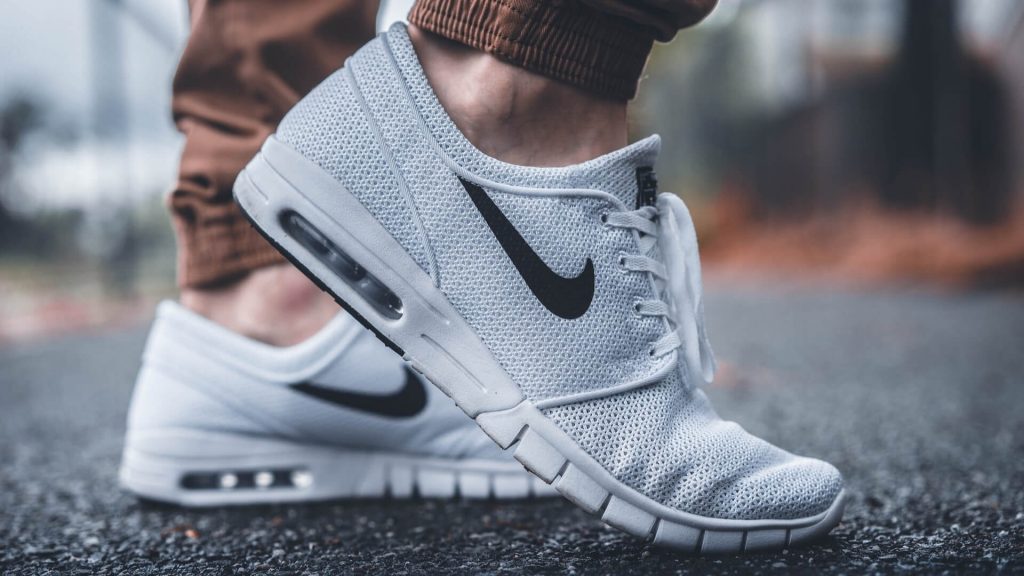
No matter the type of workout, one universal rule prevails—a proper fit is non-negotiable. Ill-fitting footwear can quickly turn your exercise routine into a painful ordeal. To ensure a proper fit, always measure your feet before purchasing shoes, taking into account factors like width and arch height. Additionally, consider any swelling that may occur during exercise and choose footwear that accommodates this fluctuation. It is advisable to try on shoes in the afternoon or evening when your feet are slightly larger, ensuring your shoes are comfortable throughout your workout.
Avoiding Overuse Injuries
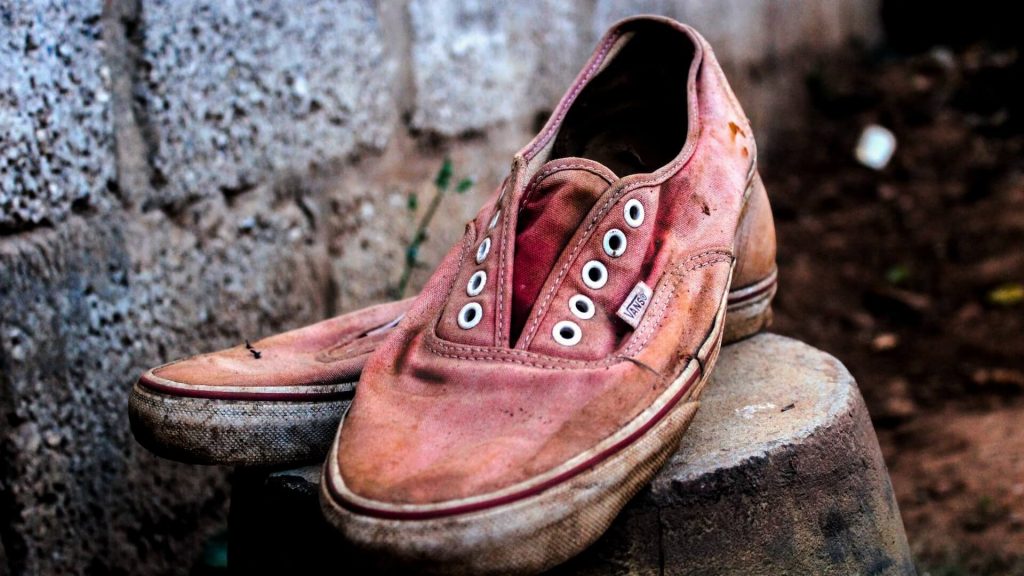
Rotating your workout shoes can be a game-changer in preventing overuse injuries. Different shoes can help distribute the impact on various muscle groups and reduce strain on specific areas. This practice is especially beneficial for runners who may engage in various types of runs, such as long-distance, speed, or trail running. By alternating between different pairs, you can help reduce the risk of overuse injuries and extend the lifespan of your footwear.
Recognizing the Signs of Worn-Out Footwear
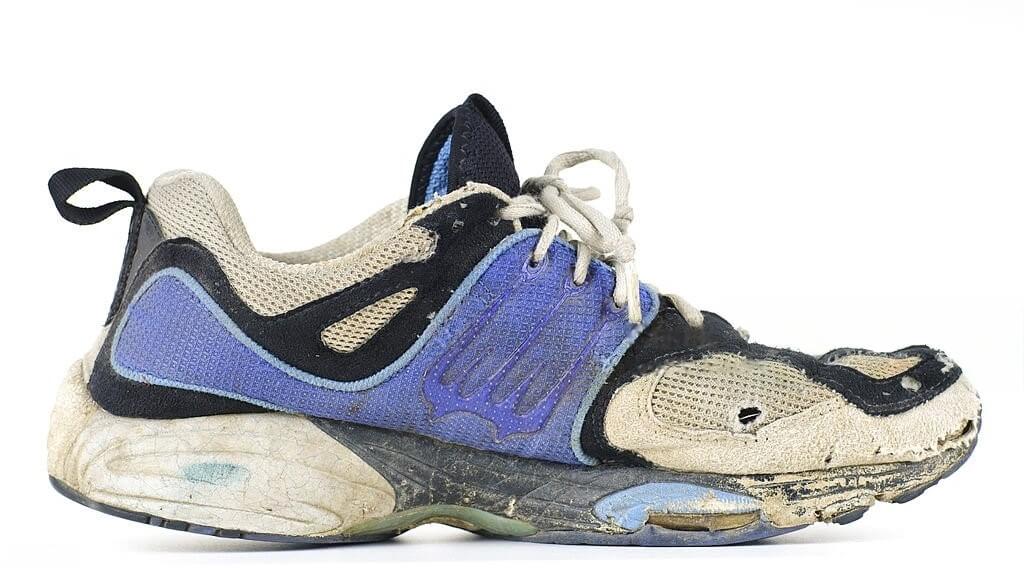
Even the most reliable footwear has a limited lifespan. Recognizing the signs of worn-out shoes is essential to maintaining optimal comfort and performance. Signs of wear and tear include flattened cushioning, visible creases in the midsole, and worn-down treads on the outsole. Wearing shoes in this condition can lead to discomfort and increase the risk of injury. Regularly inspect your workout footwear, and when you notice these signs, it’s time to bid adieu and invest in a new pair.
Conclusion:
In the realm of fitness, the significance of choosing the right footwear cannot be overstated. The right shoes will make every movement effortless, enhance your performance, and reduce the risk of missteps that can lead to injury. It’s important to remember that there is no one-size-fits-all solution when it comes to workout footwear. Whether you are a seasoned athlete or just embarking on your fitness journey, the process of finding the perfect pair of shoes should not be rushed.
From running marathons to gracefully mastering yoga poses, there exists a pair of footwear designed specifically to support and elevate your workout experience. By considering the type of exercise you engage in, your foot anatomy, and the wear and tear on your shoes, you can ensure that your feet are comfortable, protected, and ready to take on any challenge.
So, lace up those running shoes, strap in for a powerful weightlifting session, or slip on some minimalist yoga socks—choose your workout footwear wisely. With the right shoes, you’ll be prepared to confidently stride toward a healthier, fitter you, one step at a time. Your feet will undoubtedly thank you for it.